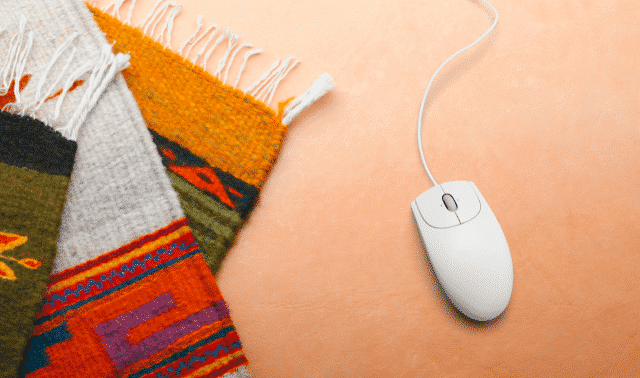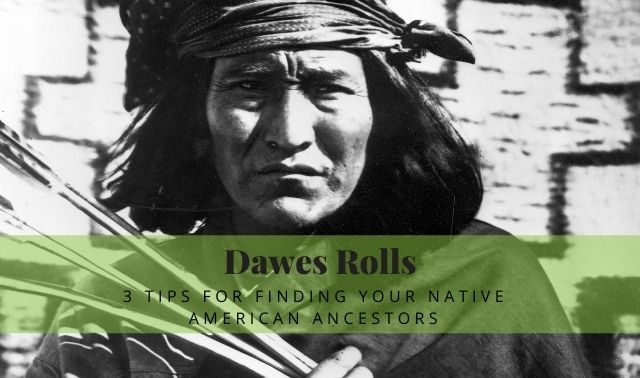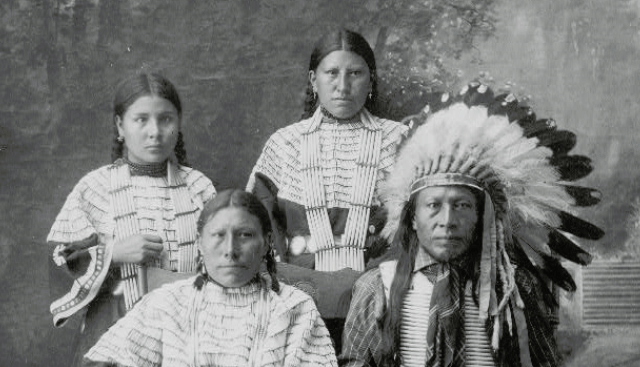Sign up for the Family Tree Newsletter! Plus, you’ll receive our 10 Essential Genealogy Research Forms PDF as a special thank you.
Get Your Free Genealogy Forms
"*" indicates required fields

Many families have passed down stories of Native American ancestors, and genealogists who grew up hearing them cherish these stories as part of their identities. There are several theories as to why so many Americans have similar tales of elusive Native American ancestors, specifically Cherokee and why folks will fiercely defend their American Indian roots even in the absence of concrete evidence.
Sometimes, though, the tales hold a grain of truth. If you suspect your family has American Indian heritage—perhaps your Grandmother spoke often of her Indian blood—here are five clues that should prompt you to investigate further:
1. An I or In designation appears in the “race” columns for an ancestor in the 1860 and later US censuses.
The 1860 census was the first to identify Indians living in the general population. See this National Archives web page for more on Indians in the federal census.
2. A proven blood relative is named on an Indian reservation census or a tribal enrollment.
You can search censuses for 16 tribes in Ancestry.com collection Oklahoma and Indian Territory, US, Indian Censuses and Rolls, 1851-1959. Ancestry.com and Fold3 also have annual censuses taken by the Bureau of Indian Affairs.
You can browse annual Indian censuses for free using the links on Access Genealogy.
Tribal enrollment, including the Dawes rolls and Guion-Miller rolls, were used to distribute land in Indian Territory. Many of the resulting records are part of Ancestry.com’s American Indian Records. The Oklahoma Historical Society has indexes to the Dawes rolls and other resources.
3. A genetic genealogy test indicates you have DNA markers associated with American Indian ancestry.
The absence of these markers doesn’t necessarily mean that you don’t have American Indian ancestry. It’s possible an American Indian is far back enough in your family tree that you didn’t inherit the person’s DNA. Also keep in mind that DNA alone is not sufficient for tribal citizenship.
4. Family stories and papers tell of Native American ancestry, and your ancestors lived in areas where they would’ve come into contact with them.
It’s important to know the history of the places you’re researching. However, stories alone are not evidence. They should be treated as a clue to prompt you to investigate further.
5. An ancestor lived in Indian Territory by 1900.
This raises the possibility that your ancestor was a member of a tribe that was removed to Indian Territory, which once encompassed most of what’s now Oklahoma.
Related Reads
Last updated: November 2024







